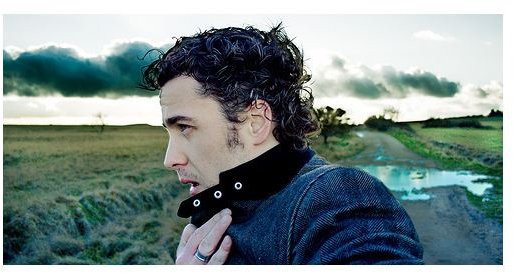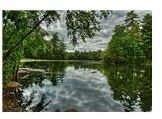Cloud Photography - Tips and Techniques on How to Take the Best Pictures on a Cloudy Day
Look on the Bright Side
Often, you’ll be geared up for a day of outdoor photography, only to see the sky filled with sunlight-ruining clouds. Or you may be thinking of taking some pictures and you look out the window to see a gray, overcast sky.
Either way, all is not lost. We may be used to taking pictures with strong lighting that, on a gray day, leaves us with pale results and weak colors. But cloudy conditions have perks as well. Depending on the amount of light, you can use clouds to your advantage in a variety of ways.
Gearing Up
It is best to have the following two items:
1. A polarizing filter. It’ll remove some of the haze from the sky, even on cloudy days. This is on a case-by-case basis, however, depending on the position of the sun. Look through it and see if it makes a difference, then decide whether to use it.
2. A tripod. You’ll be opening up the aperture and decreasing shutter speed to let in more light. A tripod is crucial to getting pictures without any blurring.
Soft Lighting

Clouds will diffuse sunlight, resulting in a softer light on your subjects. This means you get fewer shadows and better exposure. Lighting is more even and less harsh, and often you’ll get a more flattering result for portraits and candid shots.
The key is, as mentioned previously, to widen the aperture and lowering shutter speed to get more light. Normally, sunlight will ruin the picture if you do this but under cloudy skies, there’s less light. By doing this, your picture will get the necessary lighting and it will be distributed very nicely.
Natural Lighting

Depending on the amount of light available, you can also get good pictures in the wild. If you have interesting cloud formations, the sun will often create good contrast and texture. Usually you won’t get much detail taking pictures of clouds, and get just a mess of white, but on a cloudy day you can capture very well-defined clouds.
Also, you can get good shots in densely wooded areas. Normally when you have a full sun, the sunlight will be patchy (it has to travel and break through the tree canopies) and make lighting very tricky. You can wait until sunrise or sunset, when the lighting won’t be as harsh, or you can just take advantage of a cloudy day.
Vivid sunset pictures can be had on cloudy days. The orange-red light reflecting off clouds is what gives sunsets character and you can take advantage of the opportunity to get some vivid pictures! If you’re especially lucky, a small area will appear where two clouds part, letting in a beautiful sunbeam for you to capture on film.
HDR Photography
HDR photography really hits its stride on cloudy days. By capturing a greater range of tones, cloudy day pictures can become awe-inspiring or have evocative moods. Much more color is captured and revealed.
Lastly, cloudy days can bring with them moods that can work to your advantage. Try taking black and white pictures. Try unconventional angles. Do a melancholy portrait. The possibilities are out there.
References
Article written based on author’s own experience.
Photos from author’s collection.
